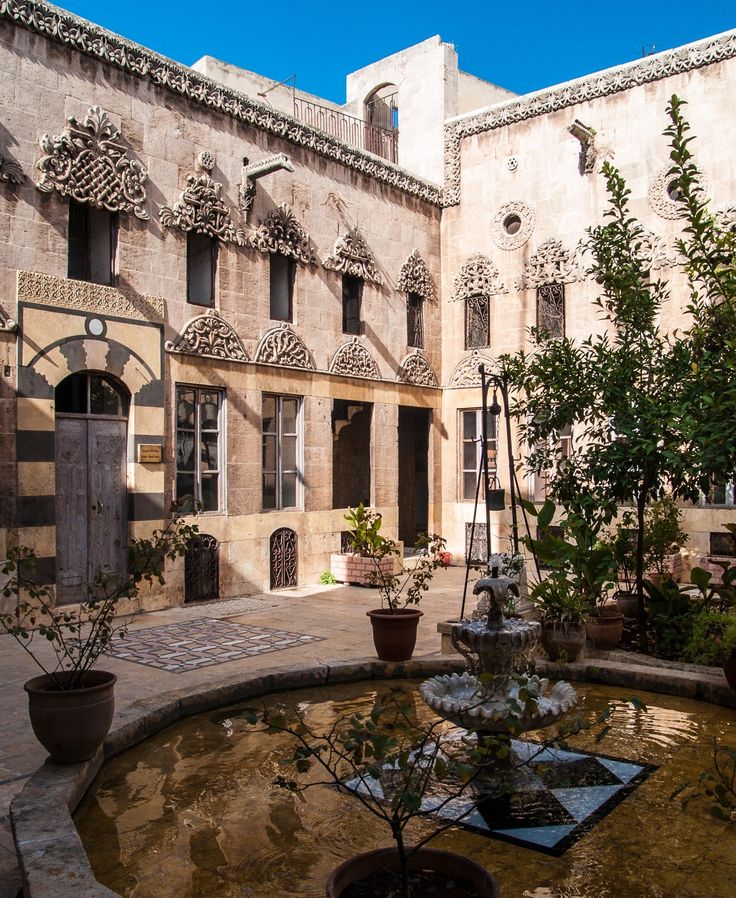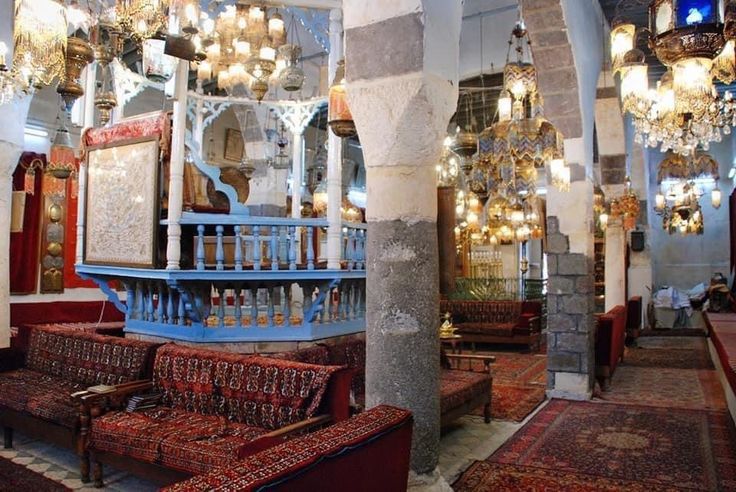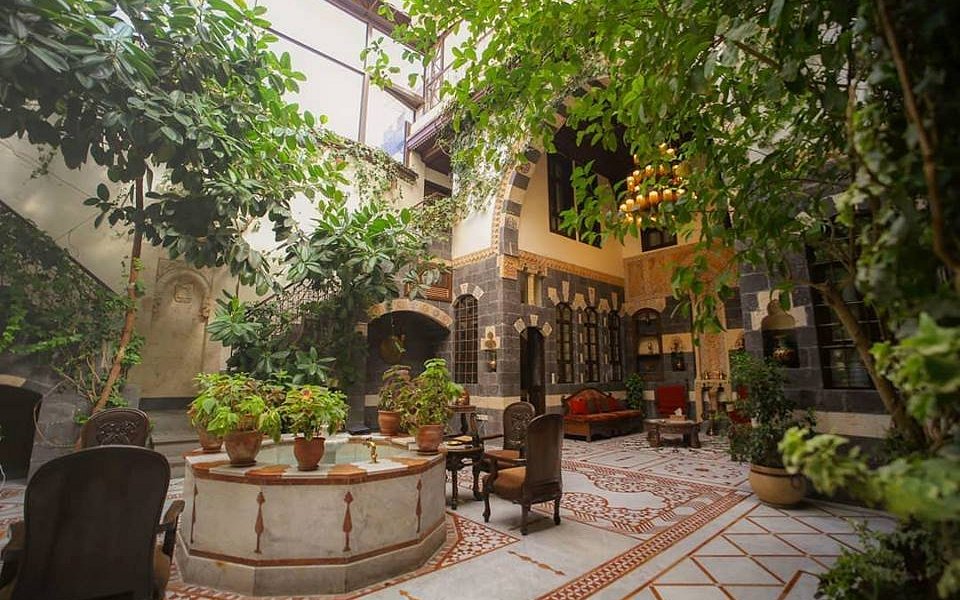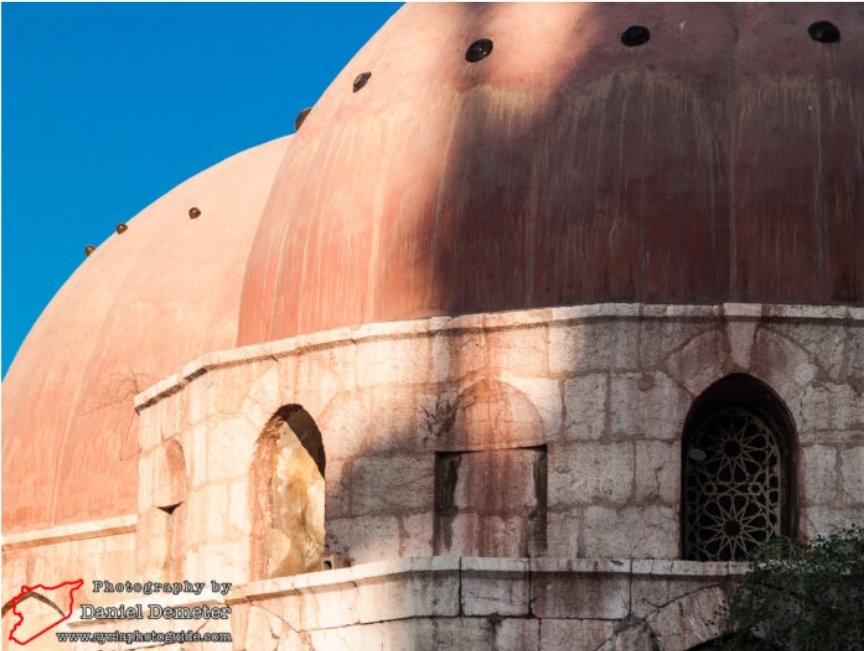Beit Ajiqbash was built in 1757 AD (1170 AH) by the renowned Armenian merchant known as Qara Ali—a nickname meaning “Black Ali,” attributed to the dark complexion of his skin. The house later came into the possession of a Turkish merchant named Ajiqbash, who, according to local accounts, was the first to remove his turban in public—a gesture that inspired the house’s name, which roughly translates to “the uncovered head.”
Beit Ajiqbash is distinguished by its unique architectural design that harmoniously blends authentic Ottoman style with remarkable Western influences. The exterior façade is adorned with intricate stone carvings and stained-glass windows (vitrail) that reflect warm rays of sunlight, enveloping the house in a magical ambiance. Inside, the residence features a central courtyard surrounded by rooms, along with a decorated iwan overlooking the courtyard—an architectural element that reflects the elegance and refined taste of its former inhabitants.
Having changed hands among several families over the centuries, the house has since been converted into what is now known as the Museum of Popular Traditions. The museum hosts a remarkable collection of heritage artifacts that vividly depict the daily life and folk traditions of Aleppo’s past. It serves as a prominent destination for tourists, researchers, and those interested in cultural and civilizational heritage.
Although the house sustained some damage during the recent conflict in Syria, restoration work has been carried out on the affected sections. Nevertheless, certain areas still require ongoing maintenance to preserve this vital historical landmark.













